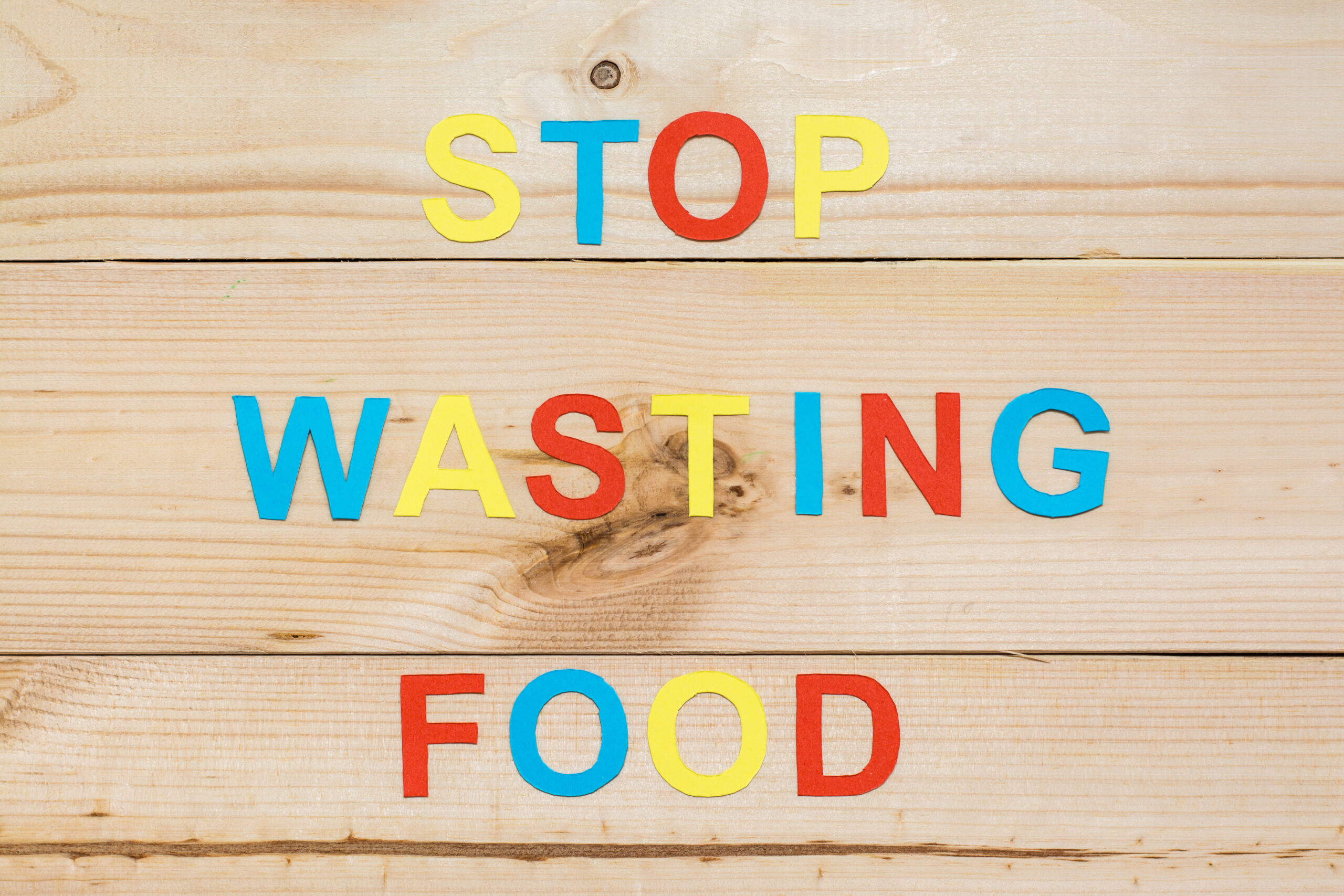A study conducted by the Department of Food Sciences at Cornell University in the US, has found that light exposure affects the overall taste and aroma of milk products. These findings lead researchers to believe that packaging is the ultimate solution for preventing light damage in dairy products.
The study, published in the Journal of Dairy Science, found that LED and fluorescent light can directly damage the sensory properties of milk, leading to varied consumer responses in regards to taste and quality. Photosensitive components in milk such as riboflavin, porphyrins and chlorins are activated to produce singlet oxygen molecules that react with proteins, vitamins and lipids, causing sensory defects in the beverage. Antioxidant enriched milk is more protected from this damage but its flavor is modified in other ways due to light exposure.
Panellists that taste tested the LED and fluorescent light exposed milk samples found that both types had a difference in taste. Milk that was exposed to fluorescent light was described as having a cardboard aroma. In comparison, LED exposed milk samples were said to have a more plastic aroma. Some samples were compared to the smell of “old oil.”
With LED light usage increasing in many grocery stores, these findings can help dairy companies to better prepare and protect their products. Just as beer manufacturers use amber or brown tinted bottles to maintain the freshness of their products, dairy companies can use packaging to their advantage.
Possible interventions found to work against light damage were protective packaging, light wavelength tailoring and antioxidant supplementation. The researchers concluded packaging to be the best defense against altering the sensory properties of light-exposed milk. However, the authors found that consumers did not appreciate the look of light-protective packaging, mainly because of its unfamiliar appearance.
The researchers advise dairy manufacturers not to be deterred by consumer preferences in dairy packaging. By focusing efforts on maintaining the quality of dairy products through packaging, the industry can benefit in the long-run. The authors recommend companies invest in consumer education efforts in order to help them become more comfortable with new packaging materials. A simple sign put on the dairy shelf is a quick and easy option for educating customers .
The US market for dairy products has been steadily decreasing in profits and is expected to continue declining in sales until 2020. This is happening primary because of the growing consumer interest in dairy alternatives. However, dairy companies can use the health benefits of milk to their marketing advantage. Milk – being high in nutritional compounds like vitamins, minerals and protein – can be marketed as a healthy beverage. In regards to new protective packaging, dairy companies can invest in sustainable packaging materials that are recyclable or biodegradable which can help consumers ease into a new packaging design as many of them are now environmentally conscious.












Join or login to leave a comment
JOIN LOGIN